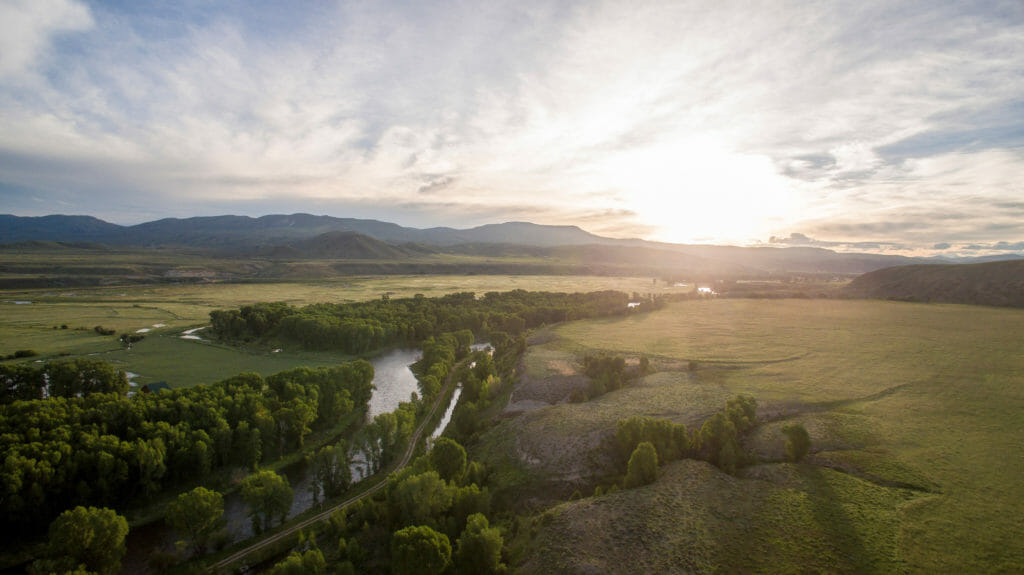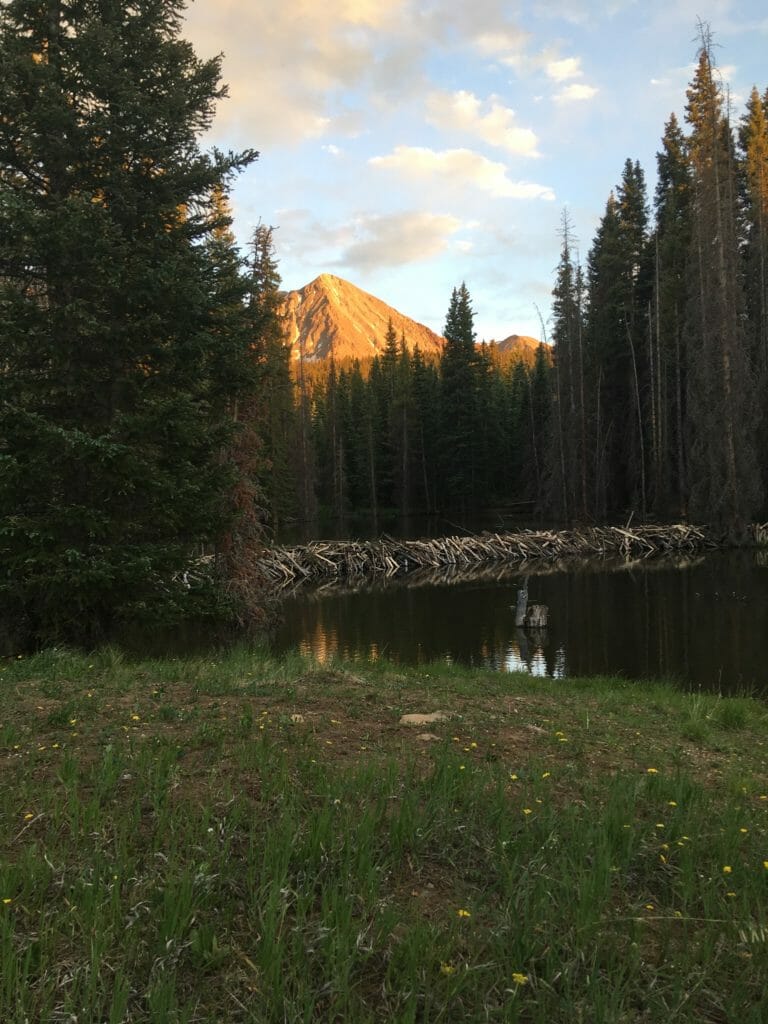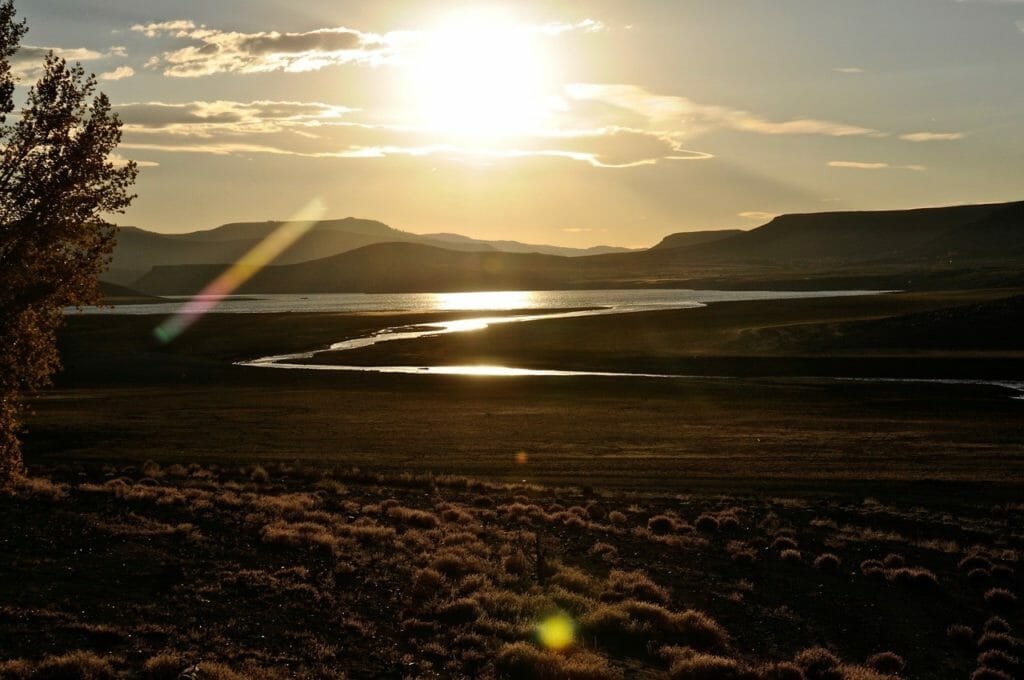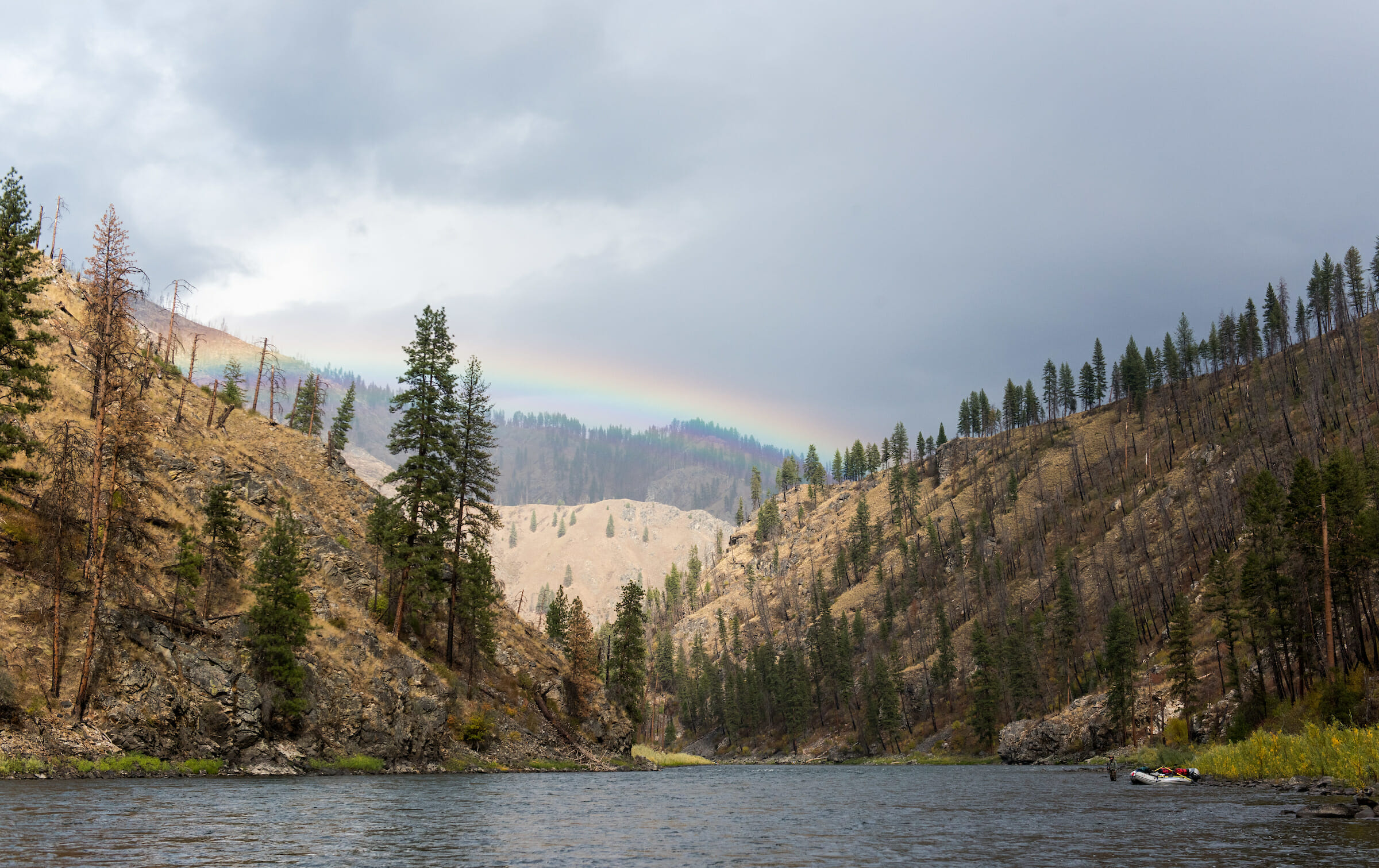
Among the ample life lessons bestowed by the pursuit of trout on the fly is one I like to think of as the gospel of timing and lighting. Which is to say, timing and lighting are the secret to life. Maybe not so much in an “apple a day” or a “look both ways before you cross the street” kind of way. Like fly fishing itself, it’s a bit more nuanced than that.
But just as the old saw about time spent fishing not being deducted from a person’s lifespan professes, there’s almost never a bad time to go fishing. The qualifier, of course, is whether or not you actually intend to catch (and release) fish. That’s where the subtleties come into play.
Right now, peak summer, it’s payoff time. The days are long, the hatches varied and prolific, fish eager to feast from the ripened buffet. Rising midday water temperatures notwithstanding (when no self-respecting trout angler should be further stressing the fish), this is the season we’ve been waiting for. Prime time.
We study the shades of water in the soft light of the early morning or late-day sun, timing the cycle of the hatch and cadence of a cast with the flow of the stream, drift of the fly, and ultimately the set of the hook. That moment, when time and light coalesce in the electric tug of a trout eventually brought to the net, is the consummate thrill for many devoted anglers. And it’s a tangible sign that our work is paying off as well.

Advocacy work at its finest
You see, while we all love to fish, fooling a trout into eating a fake drake in late July is merely one of the benefits of the conservation work Trout Unlimited is doing year-round. Working in TU’s Angler Conservation Program, the majority of our days and months are spent advocating for public lands and water protections, mine cleanups, dam removals, flow enhancements, native species preservation, public access improvements and habitat restoration. We’re working with communities, in the field, at the statehouse, in Congress and among the various state and federal agencies to push for policies, legislation and resource management plans manifesting in the opportunity each summer to catch a few of the most beautiful fish on earth.
While the fishing has been fine, we’ve also had the good fortune this July of witnessing the passage of the Great American Outdoors Act through both chambers of Congress, which permanently authorizes the Land and Water Conservation Fund at about $900 million per year and sets aside nearly $10 billion in dedicated funding to help attack the maintenance backlog on national parks, forests, and other public lands. That’s the kind of legislation that can make a major impact on improving important hunting and fishing habitat, significantly increase public access to outdoor recreation opportunities, generate jobs and help sustain outdoor recreation as an economic driver in rural communities that could use a lift right now. Many of us have spent years working toward this moment.
Just the day before, our efforts paid additional dividends when the Colorado Outdoor Recreation and Economy (CORE) Act — protecting some 400,000 acres of public lands and waters — was passed for the second time in the U.S. House of Representatives, along with the Grand Canyon Centennial Protection Act, which was also previously approved by the chamber, as amendments to the national defense budget bill. Whether the bills make it through conference committee to be signed by the president later this year remains anyone’s guess, but rest assured that TU will continue putting in the hours and effort to give us the best shot at reaping the spoils of these conservation bills by this time next year.

There is a moment in almost every summer day that fly fishers regard as the “magic hour,” when mayflies flicker and the fabled half-light of the canyon at dusk or dawn colors the waters with a tint of hope. Taken a step further, we might consider this the magic season, a summer tinged with optimism toward potential conservation triumphs in the face of turmoil. We’re reading the waters, taking careful aim and delivering our most promising pitch. And if we time it just right, that promise very well may be fulfilled in rhythm with the rise of a trout.



